The Best First Grind Steps for Diamond Disks
Great Beginnings
When working with diamond disks, knowing which grit is the right starting point for the type of glass you are working on is essential.
If you start too rough, you'll chip and possibly break your glass; if you begin too fine, you'll prematurely wear out your disks and replace them more often than necessary.
Finding the right balance can make all the difference in how your diamond grinding process improves your work efficiency.
Get Rough
If you're working larger surface areas or removing a lot of material, starting with a rougher grit, like 60 or 80 grit, is preferable.
60 grit will remove more material but give more edge chipping while an 80 grit will provide less edge chipping but wear out faster for larger surface areas or more material removal.
For large amounts of removal or very large surface areas, consider moving down to a 45 or 30 grit for heavy removal.
If large sections can be removed by saw cuts, this will help your diamond disks last longer.
Hit Middle Ground
For fused glass edges and smaller work, a mid-range diamond disk is always the best place to start.
A 100 or 140 grit is an excellent choice for dealing with smaller surface areas or pieces that don't require much removal and need quick flattening.
Rougher grits will cause too much edge chipping on thinner glass and remove too much material from smaller surfaces. Mid-range grits are the best starting point for these types of pieces.
You're So Fine
With thinner glass and smaller surface areas, starting with a finer grit disk like a 200, 270, or even 325 grit is often preferable.
Thinner glass will require less aggressive diamonds to remove material without chipping the edge as it works, and small surface areas like millefore and murrini can often be easily cleaned up after a saw cut with a 200 or 270-grit diamond disk.
Faceting glass with smaller surface planes is best done with a 325 or 500-grit diamond for the initial cut and shaping.

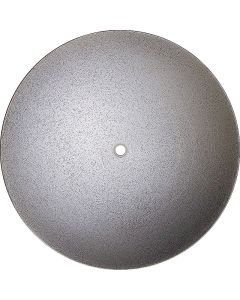
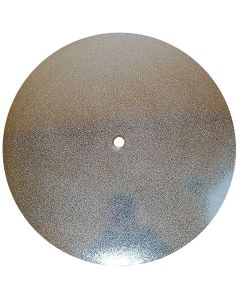
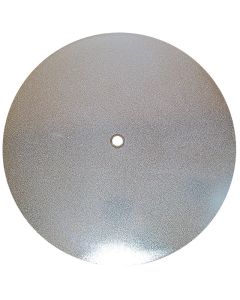
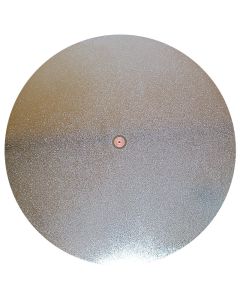
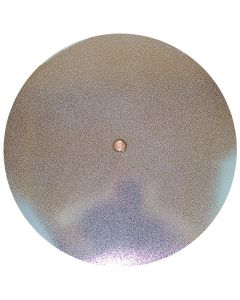
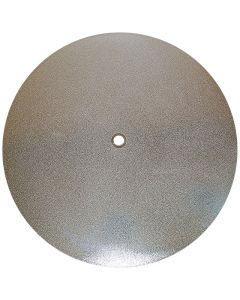
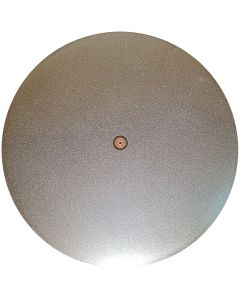
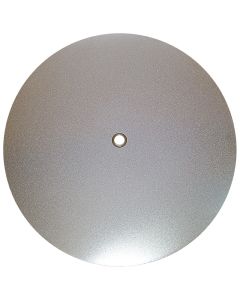
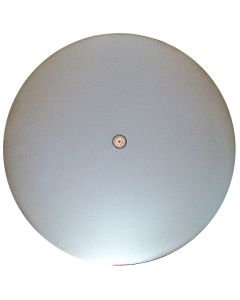
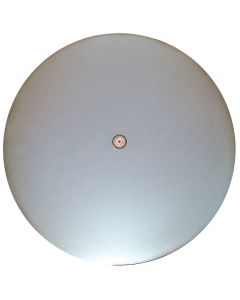
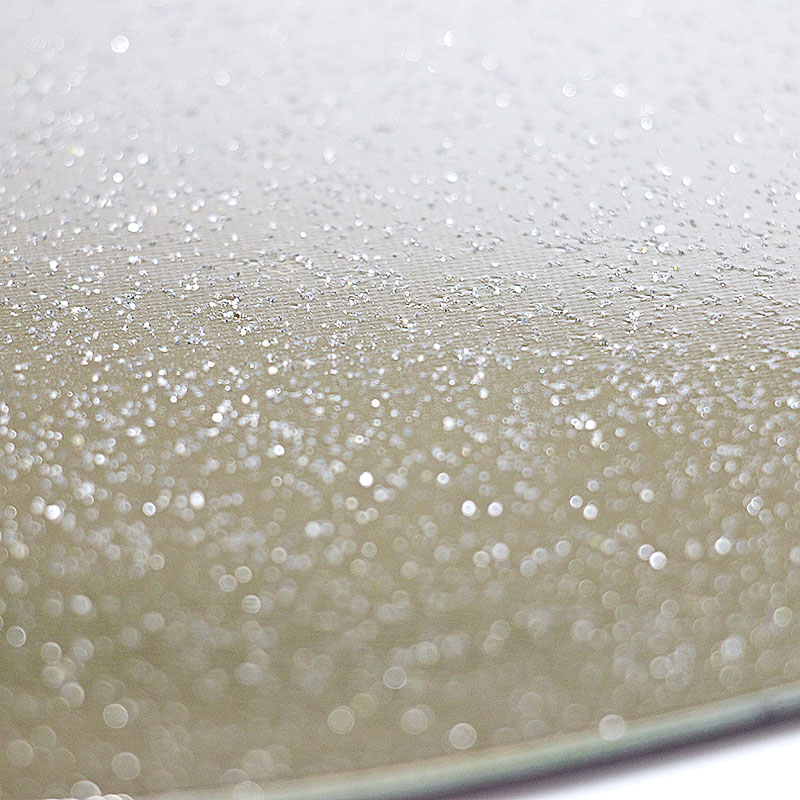
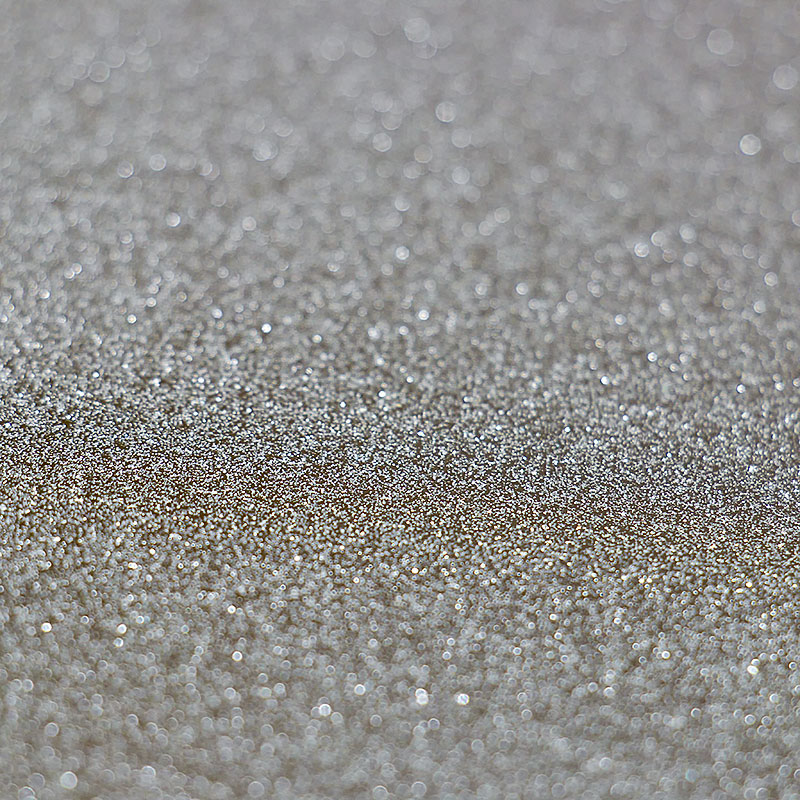

Login and Registration Form